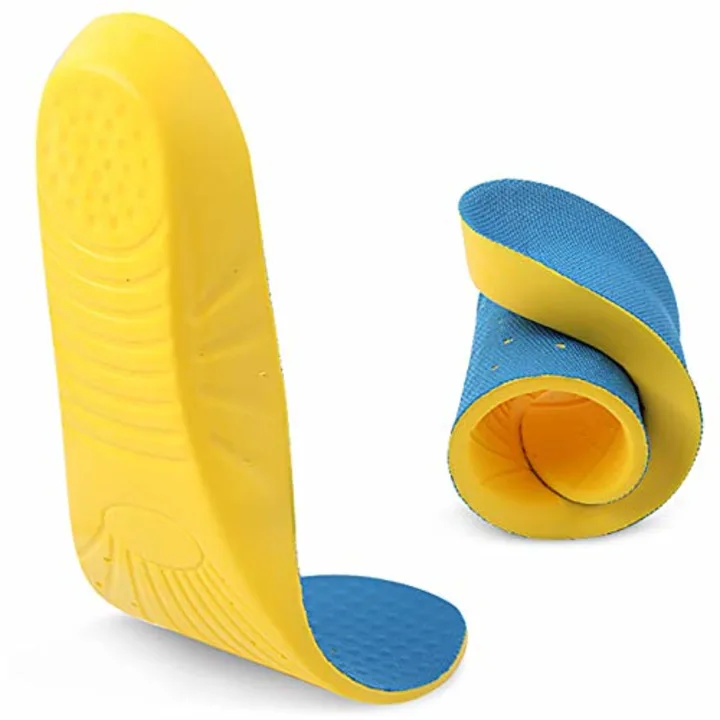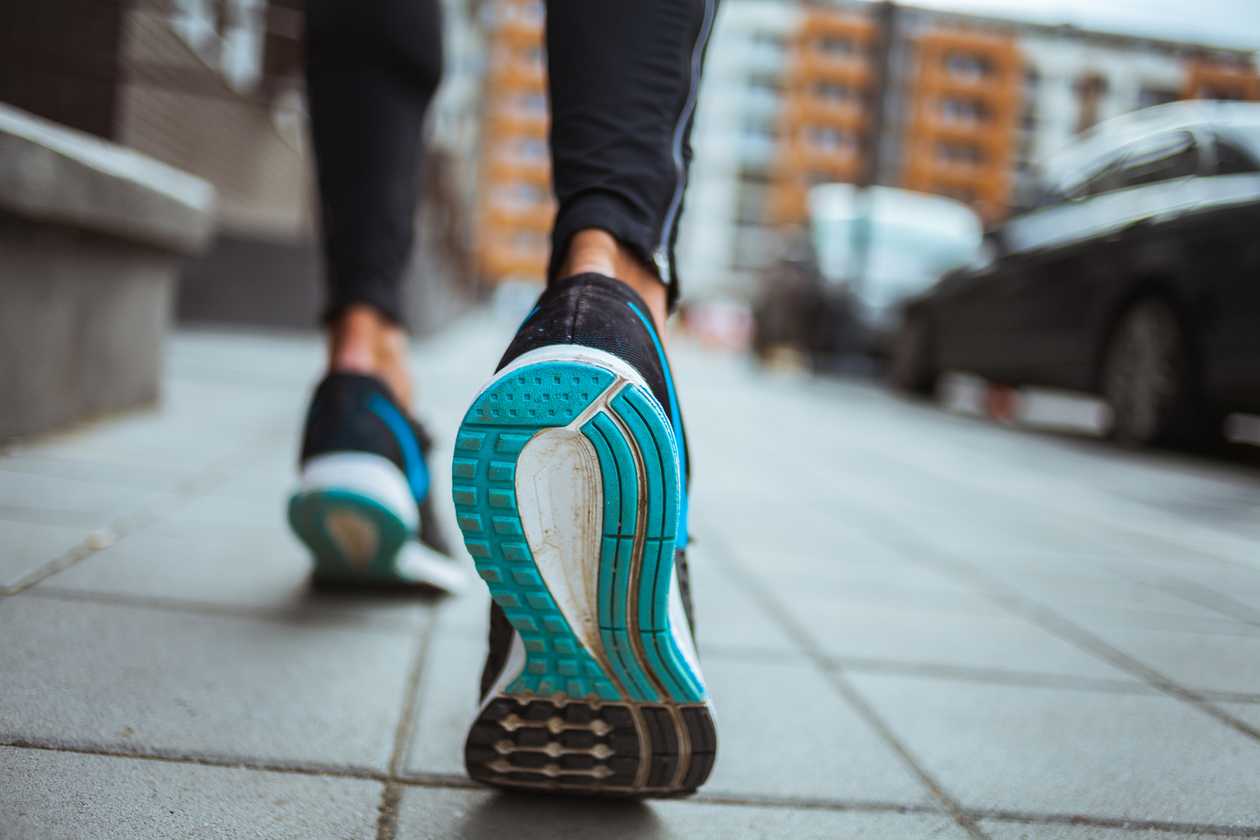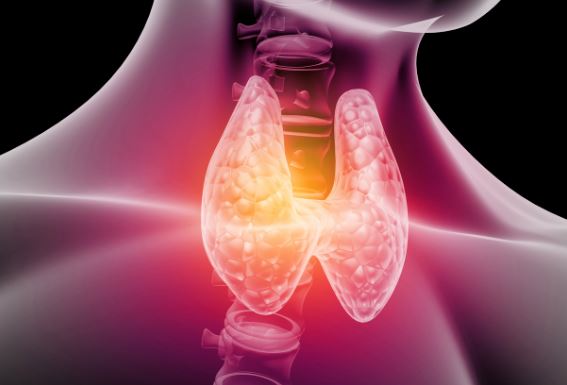Introduction
The quest for foot comfort often leads us to overlook the pivotal role that proper arch support plays in our daily lives. It’s not just about slipping into cozy shoes; it’s about understanding the intricate mechanics that support our every step. Arch support, often underrated, is a cornerstone of foot health. It’s the silent hero that ensures our feet bear the weight of our world with ease.
This comprehensive guide delves into the realm of arch support, unlocking the mysteries behind its significance. From deciphering the nuances of foot arches to recognizing the telltale signs of inadequate support, we’ll embark on a journey that arms you with the knowledge to transform your comfort. We’ll explore the impact of arch support on posture, the intricacies of different arch types, and actionable steps to ensure your feet feel not just comfortable but revitalized.
By the end, you’ll be equipped with the wisdom to make informed choices about footwear, exercises, and daily habits that champion foot comfort. So, let’s dive deep into the world of arch support and pave the way for a stride that’s not just comfortable but transformative.
Understanding Arch Support
A. What is the arch of the foot?
The arch of the foot is the intricate structure formed by bones, tendons, and ligaments that spans the bottom surface of the foot, creating a distinct curve. This arch isn’t just a passive feature; it’s a biomechanical marvel designed to absorb and distribute the weight of the body.
Functionally, the foot arches serve as shock absorbers, dispersing the impact generated during activities like walking, running, or standing. They adapt dynamically to various surfaces, offering stability and flexibility. The arches facilitate the foot’s ability to adjust to uneven terrain, maintaining equilibrium and reducing strain on muscles, tendons, and ligaments.
Anatomically, the foot has three primary arches: the medial longitudinal arch (running along the inner side of the foot), the lateral longitudinal arch (on the outer side), and the transverse arch (stretching across the midfoot). These arches work in harmony, providing structural integrity and support.
The arch type—whether high, medium, or low—varies from person to person, impacting the distribution of weight across the foot. High arches have more prominent curves, while low arches have flatter profiles. Understanding your specific arch type is essential for selecting appropriate footwear and support mechanisms.
In essence, the arch of the foot is a marvel of biomechanical engineering, offering both resilience and flexibility. It plays a pivotal role in our daily activities by supporting our body weight, providing stability, and adapting to different terrains, ensuring efficient and comfortable movement.
B. Importance of arch support in foot comfort
Arch support serves as the foundation for optimal foot comfort and overall well-being. It’s not merely about cushioning or padding; it’s the structural support that maintains the natural alignment of the foot.
Firstly, arch support ensures the even distribution of weight across the foot. By minimizing pressure points, it reduces strain on muscles, tendons, and ligaments, preventing discomfort or potential injuries.
Secondly, adequate arch support promotes proper posture. It helps maintain the natural curvature of the spine by aligning the feet correctly, preventing issues that can arise from poor posture, such as back or knee pain.
Furthermore, arch support plays a pivotal role in mitigating foot-related problems. Conditions like plantar fasciitis, Achilles tendonitis, or shin splints often stem from inadequate support. By providing the necessary stability and shock absorption, proper arch support minimizes the risk of these issues.
Additionally, it contributes to enhanced comfort during various activities. Whether standing for prolonged periods, engaging in physical exercise, or simply walking, having sufficient arch support ensures reduced fatigue and increased comfort.
In essence, the importance of arch support lies in its ability to maintain foot health, prevent discomfort, and support the body’s overall alignment. It’s a fundamental component in ensuring comfort and reducing the risk of foot-related issues, allowing for a more active and pain-free lifestyle.
C. Types of arches and their needs
Understanding the diverse types of foot arches is vital, considering their distinct characteristics and the specific support they require:
- High Arches (Pes Cavus):
- Characteristics: High arches exhibit a pronounced curve along the bottom of the foot, resulting in a smaller contact area with the ground.
- Support Needs: Individuals with high arches often experience increased pressure on the heel and ball of the foot due to limited shock absorption. They benefit from shoes offering cushioning and support to distribute weight evenly and alleviate stress on the arches.
- Medium Arches:
- Characteristics: Medium arches strike a balance between high and low arches, providing a moderate curve that supports the foot effectively.
- Support Needs: Those with medium arches generally have fewer specific support requirements but benefit from footwear that offers a blend of cushioning and stability to maintain comfort during activities.
- Low Arches (Flat Feet):
- Characteristics: Low arches, commonly known as flat feet, exhibit minimal arch curvature, resulting in a larger contact area with the ground.
- Support Needs: Individuals with low arches often experience overpronation, where the foot rolls excessively inward. To address this, they require footwear with robust arch support and motion control to maintain proper alignment and prevent potential discomfort or injuries.
Recognizing your specific arch type is crucial for selecting suitable footwear and support aids. High arches need cushioning to alleviate pressure points, while low arches demand structured support to prevent overpronation and maintain stability. Medium arches benefit from versatile footwear that offers a balance between cushioning and support.
By catering to the unique needs of different arch types, individuals can make informed choices regarding footwear and support options, ensuring not just comfort but also the prevention of potential foot-related issues, thereby promoting overall foot health and functionality.
Signs of Poor Arch Support
Understanding the signs that indicate inadequate arch support is essential to address potential discomfort and prevent future foot issues. Several key indicators suggest that your arches may not be receiving the support they need:
- Persistent Foot Pain: Ongoing pain or discomfort in the arches, heels, or ankles, particularly after standing for long periods or engaging in physical activities, signifies potential problems with arch support. This discomfort might intensify during weight-bearing activities.
- Discomfort During Movement: Feeling discomfort or fatigue in the feet, even during routine activities like walking or standing, indicates a lack of proper support. This discomfort might worsen with increased activity.
- Muscle Fatigue and Strain: Experiencing tiredness, soreness, or strain in the feet, calves, or lower limbs can result from the additional stress placed on these areas due to inadequate arch support. This strain might be particularly noticeable after extended periods of standing or physical exertion.
- Uneven Shoe Wear: Uneven wearing of shoes, such as more wear on the inner or outer edges of the soles, might suggest improper weight distribution caused by insufficient arch support.
- Swelling or Tenderness: Swelling, tenderness, or inflammation in the arch area, especially following physical activity, could indicate that the arches aren’t receiving adequate support, leading to strain and discomfort.
- Reduced Athletic Performance: Decreased performance during sports or physical activities, accompanied by discomfort or instability, may stem from inadequate arch support affecting movement, balance, and overall performance.
Identifying these signs early on allows for proactive measures to address the issue. Seeking proper arch support through suitable footwear, orthotic inserts, or other supportive aids can alleviate discomfort and prevent potential foot-related problems. This proactive approach ensures not just immediate relief but also promotes long-term foot health and comfort during various daily activities.
Finding the Right Arch Support
When seeking adequate arch support, one notable consideration is the use of specialized products such as Atlas Arch Support. The Atlas Arch Support system is designed to provide targeted and customizable support for various arch types.
Finding the right arch support involves:
- Assessing Your Foot Arch Type: Understanding your specific arch type is crucial. Tools like the Atlas Arch Support system aid in this assessment, offering insights into the unique contours of your foot arches.
- Customization: Atlas Arch Support, known for its customizable nature, allows for personalized adjustments based on individual arch profiles. This customization ensures tailored support, addressing the specific needs of high, medium, or low arches.
- Adaptability: The versatility of Atlas Arch Support makes it adaptable to various footwear types. Whether in athletic shoes, casual wear, or work boots, the system can be integrated seamlessly, providing consistent support across different activities and shoe styles.
- Enhanced Support: The Atlas Arch Support system not only offers support but also aids in maintaining proper alignment, reducing strain on muscles and ligaments. It helps alleviate discomfort associated with inadequate arch support.
- Long-Term Benefits: By providing reliable and customized support, Atlas Arch Support contributes to improved foot health and comfort, fostering an active lifestyle free from foot-related issues.
Incorporating Atlas Arch Support into your quest for the right arch support can be an effective solution, ensuring personalized and adaptive support tailored to your unique arch type, thus enhancing comfort and overall foot health.

Benefits of Proper Arch Support
- Improved Posture and Alignment: Adequate arch support helps maintain proper alignment from the feet upwards, supporting the natural curvature of the spine. This alignment reduces strain on muscles and joints, contributing to better posture and decreased likelihood of back or knee issues.
- Alleviation of Foot-Related Problems: Proper arch support can alleviate various foot-related issues like plantar fasciitis, shin splints, or Achilles tendonitis. By distributing weight evenly and reducing stress on specific areas, it minimizes discomfort associated with these conditions.
- Enhanced Stability and Balance: Effective arch support provides stability during movement, reducing the risk of falls or injuries. It ensures better balance, particularly during activities that require agility or weight-bearing exercises.
- Reduced Fatigue and Discomfort: With proper support, the feet experience reduced fatigue, even after prolonged periods of standing or physical activity. This decreased fatigue contributes to overall comfort and allows for extended periods of activity without discomfort.
- Prevention of Overpronation or Supination: Arch support helps control excessive rolling of the foot inward (overpronation) or outward (supination). This control prevents strain on the ankles and knees, reducing the risk of injuries.
- Enhanced Shock Absorption: Arch support aids in absorbing shock during impact, such as when walking or running. This shock absorption minimizes stress on the feet and lower limbs, preventing potential injuries.
- Comfort During Daily Activities: Properly supported arches offer increased comfort during everyday activities, allowing for a more pleasant and pain-free experience while walking, standing, or engaging in various tasks.
In essence, the benefits of proper arch support extend beyond comfort; they encompass improved alignment, reduced risk of foot-related problems, enhanced stability, and a more enjoyable and active lifestyle. Prioritizing adequate arch support is pivotal for overall foot health and well-being.
Techniques for Enhanced Comfort
- Arch Support Inserts and Orthotics: Consider using arch support inserts or orthotics tailored to your specific arch type. These customizable inserts provide additional support, cushioning, and alignment correction, enhancing comfort during daily activities.
- Exercises for Strengthening Arches: Engage in exercises targeting the foot arches to strengthen the muscles and improve overall support. Toe curls, arch raises, and towel scrunches are examples of exercises that promote arch strength and stability.
- Lifestyle Adjustments: Make lifestyle changes to support foot health. Maintain a healthy weight to alleviate undue stress on the feet, wear supportive footwear regularly, and incorporate stretching routines to keep foot muscles flexible and prevent tightness.
- Proper Footwear Selection: Invest in footwear designed to provide adequate arch support. Choose shoes that match your arch type and offer cushioning and stability, especially for activities that involve prolonged standing or walking.
- Maintain Proper Hygiene and Care: Keep your feet clean, dry, and moisturized to prevent issues like dry skin or infections. Regularly inspect your feet for any signs of discomfort, blisters, or abnormalities, taking prompt action if needed.
- Avoid Overuse and Rest When Needed: Pay attention to your body’s signals. If you experience discomfort or fatigue, give your feet adequate rest to prevent overuse injuries. Elevate your feet and apply ice if necessary to reduce swelling or soreness.
- Consult a Professional: Seek advice from a podiatrist or foot specialist for personalized guidance. They can recommend specific exercises, footwear, or orthotic options tailored to your individual foot needs.
By incorporating these techniques into your routine, you can enhance the comfort of your feet, minimize discomfort, and promote better foot health. These practices not only alleviate immediate discomfort but also contribute to long-term comfort and well-being during daily activities.
Maintaining Arch Support
- Regular Foot Care Practices: Implement a routine for foot care. Keep feet clean, dry, and moisturized. Trim nails regularly and inspect for any signs of irritation, blisters, or calluses.
- Evaluate Support Needs: Regularly reassess your arch support needs. Factors like changes in weight, activity levels, or foot discomfort may indicate a need for adjustments in footwear or support aids.
- Wear Supportive Footwear: Continuously opt for shoes that provide appropriate arch support. Ensure the footwear matches your arch type and offers the necessary cushioning and stability.
- Replace Worn-Out Inserts or Orthotics: If using inserts or orthotics for arch support, monitor their condition. Replace them as needed to maintain effectiveness and prevent discomfort or potential foot issues.
- Stretch and Exercise: Continue exercises aimed at strengthening foot arches to maintain muscle tone and support. Incorporate stretching routines to keep foot muscles flexible and prevent stiffness.
- Monitor Posture: Be mindful of your posture, especially during extended periods of standing or walking. Maintain proper alignment from feet to spine to reduce strain on the arches.
- Periodic Check-ups: Consider regular check-ups with a podiatrist or foot specialist. They can assess your foot health, provide guidance on maintaining proper support, and offer recommendations for any necessary adjustments.
- Adapt to Lifestyle Changes: If engaging in new activities or experiencing lifestyle changes, ensure your footwear and support mechanisms align with these adjustments to maintain adequate arch support.
By consistently practicing these maintenance techniques, you can sustain proper arch support, minimize discomfort, and promote optimal foot health. Regular care and attention to your feet contribute to sustained comfort and functionality during daily activities.
Conclusion
The significance of arch support in foot comfort cannot be emphasized enough. Prioritizing proper support through appropriate footwear, exercises, and regular care leads to improved overall well-being and an active, pain-free life.










Thank you for your sharing. I am worried that I lack creative ideas. It is your article that makes me full of hope. Thank you. But, I have a question, can you help me?